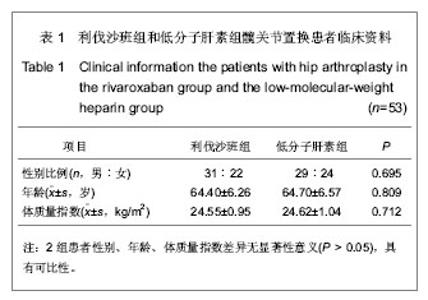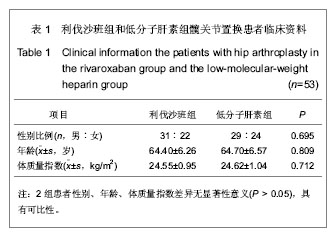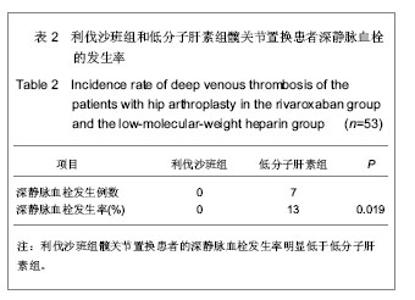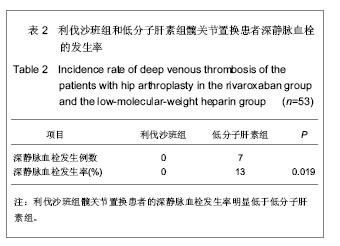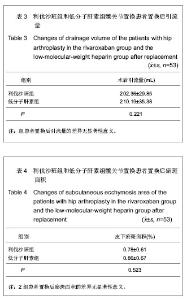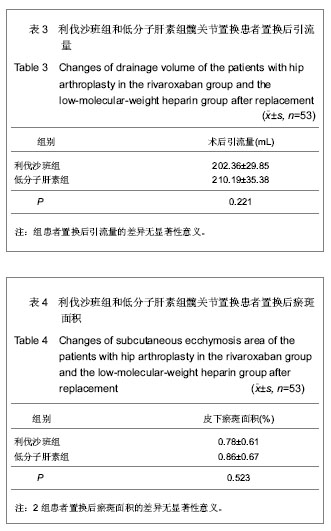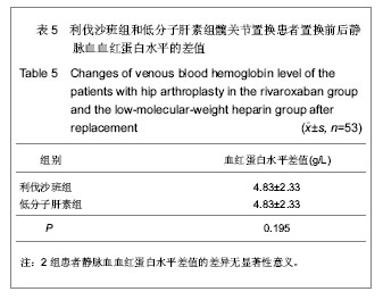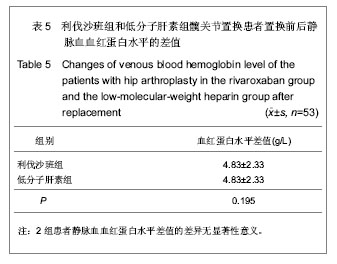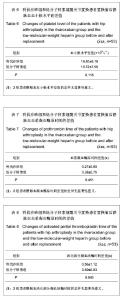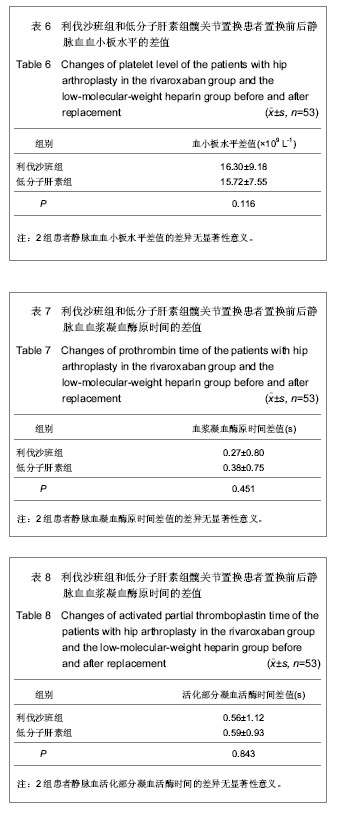| [1] 蒋鹏,刘建龙,贾伟,等.骨科患者下肢深静脉血栓脱落致肺动脉栓塞诱因分析[J].中华医学杂志,2012,92(45):3224-3226.[2] Hunt JM, Bull TM. Clinical review of pulmonary embolism: diagnosis, prognosis, and treatment. Med Clin North Am. 2011;95(6):1203-1222. [3] Lachiewicz PF, Soileau ES. Changing indications for revision total hip arthroplasty. J Surg Orthop Adv. 2005;14(2):82-84.[4] 邱贵兴.中国骨科大手术静脉血栓栓塞症预防指南[J].中华关节外科杂志(电子版),2009,3(3):380-383.[5] 中华医学会骨科学分会.中国骨科大手术静脉血栓栓塞症预防指南[J].中华骨科杂志,2009,29(6):602-604.[6] 邱贵兴,戴尅戎,杨庆铭,等. 预防骨科大手术后深静脉血栓形成的专家建议[J].中国临床医生,2006,34(1):27-28.[7] 吕厚山,徐斌.人工关节置换术后下肢深静脉血栓形成[J].中华骨科杂志,1999,19(3):155-160.[8] Lieberman JR, Hsu WK. Prevention of venous thromboembolic disease after total hip and knee arthroplasty. J Bone Joint Surg Am. 2005;87(9):2097-2112.[9] 林梅清,古艳,何晓薇,等.彩色多普勒超声诊断下肢深静脉血栓形成的分析和探讨[J].中国医学创新,2012,7(25):157-158.[10] 马骊,王欣,蒋丽华.人工髋关节置换后的深静脉血栓形成,发生因素及其预防策略[J].中国组织工程研究与临床康复, 2010,14(9): 1677-1680.[11] Parisi R, Visonà A, Camporese G, et al. Isolated distal deep vein thrombosis: efficacy and safety of a protocol of treatment. Treatment of Isolated Calf Thrombosis (TICT) Study. Int Angiol. 2009;28(1):68-72.[12] Weitz JI, Hirsh J, Samama MM, et al. New antithrombotic drugs: American College of Chest Physicians Evidence-Based Clinical Practice Guidelines (8th Edition). Chest. 2008;133(6 Suppl):234S-256S. [13] 农林.利伐沙班预防人工全髋关节置换术后深静脉血栓的临床分析[J].中国卫生产业,2011,12(8):63-64.[14] Kanaan AO, Silva MA, Donovan JL, et al. Meta-analysis of venous thromboembolism prophylaxis in medically Ill patients. Clin Ther. 2007;29(11):2395-2405.[15] Geerts WH, Bergqvist D, Pineo GF, et al. Prevention of venous thromboembolism: American College of Chest Physicians Evidence-Based Clinical Practice Guidelines (8th Edition). Chest. 2008;133(6 Suppl):381S-453S. [16] Hull RD, Pineo GF, Stein PD, et al. Extended out-of-hospital low-molecular-weight heparin prophylaxis against deep venous thrombosis in patients after elective hip arthroplasty: a systematic review. Ann Intern Med. 2001;135(10):858-869.[17] 程丈俊,王俊文,任义军,等. 利伐沙班与低分子量肝素在初次全髋关节置换术后深静脉血栓形成防治中的比较研究[J].中华创伤骨科杂志,2012,6(14):480-483. |
